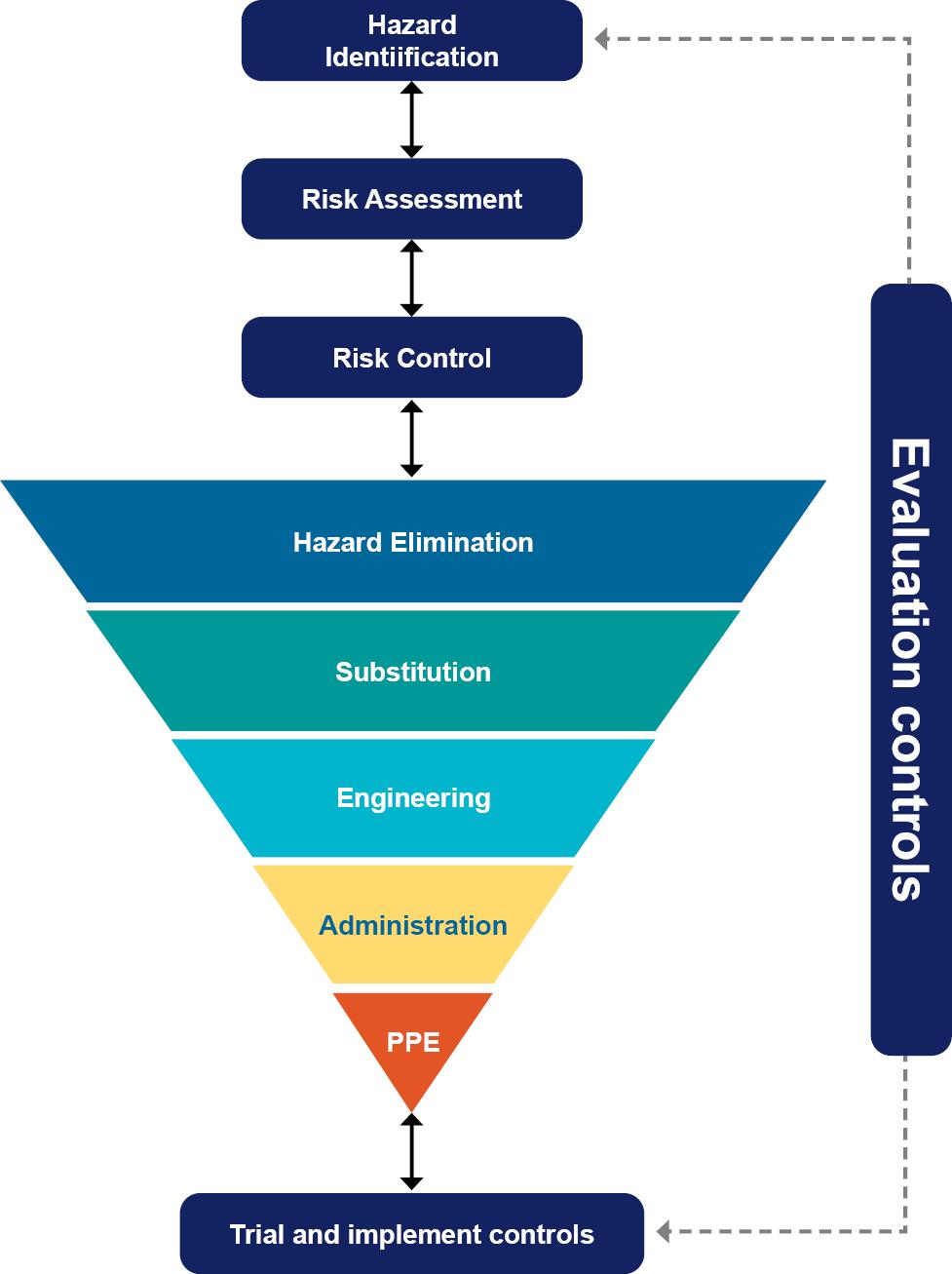On 1 June 2025, we introduced new requirements for safety management systems (SMS).
These changes affect all domestic commercial vessels. Find out what you need to do.
Construction barges are domestic commercial vessels (DCVs) that typically undertake a variety of operations which may include carrying and securing heavy deck loads, lifting heavy weights, powered mobile plant, or working at height.
These operations present a variety of hazards and risks to safety which must be identified with controls put in place to eliminate or minimise these risks so far as reasonably practicable through a risk assessment which is part of your safety management system (SMS). This will help everyone on board understand their safety responsibilities.
Risk assessment
A current risk assessment is key to a vessel’s SMS and identifies:
- the risks to safety of the vessel, the environment and people on or near the vessel
- the likelihood and consequence of each risk
- the steps (controls) needed to protect against those risks.
Barge owners and operators should be familiar with risk assessment requirements as these are a key requirement of work health and safety (WHS) regulations.
Construction barges undertake high risk construction work under WHS regulations and are required to prepare a Safe Work Method Statement (SWMS).
Your SWMS may also meet the AMSA SMS requirements for the risk assessment if it identifies and assesses the risks associated with the key daily tasks of the construction barge.
This is an example risk assessment {hyperlink} covering some of the key hazards and risks common to construction barge operations.
When completing your risk assessment consider the hierarchy of controls:

Your risk assessment must be reviewed every time anything on your vessel changes— whether that be a new location, or a different work task. You must also review your risk assessment after any incident or hazardous occurrence and keep a record of your updates.

Like your business operation, your risk assessment needs to be dynamic and relevant to the work currently being performed by the construction barge. Encourage a good safety culture and get all your crew involved in the development and review of the risk assessment.
Please see this practical guidance information for creating and maintaining an effective risk assessment.
Other elements to consider for your risk assessment
Your risk assessment should inform many other elements of your SMS including:
- vessel and key person details and responsibilities in relation to safety
- procedures for onboard operations including standard operating procedures that eliminate or minimise the identified risks so far as reasonably practical, emergency planning, and pre-operating checks
- training and qualifications of persons on board and practicing of safety drills
- follow-up on hazardous occurrences and non-conformances
- maintenance schedule
- logbook recording
- incident recording, reporting and review.